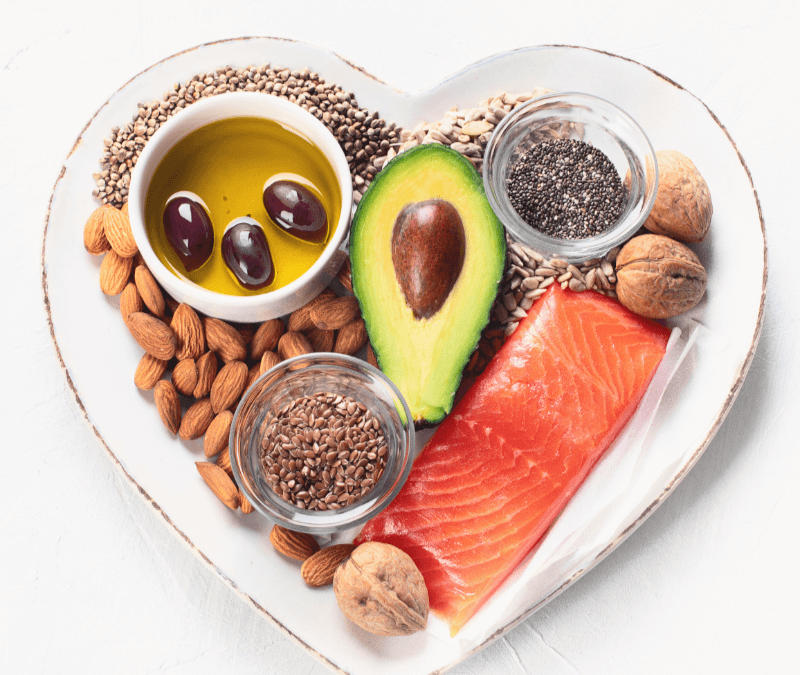I’m guessing that when you think about heart health and breast cancer survivorship, you consider them separate issues.
And while that is true, they are related, so in this post I’ll shine a light on that connection.
Heart disease is the number one killer of women, causing 1 in 3 deaths each year.
You thought it was breast cancer? You’re not alone.
What do your ticker and your breasts have in common?
Surely you know already, in the way of day-to-day functioning, not much.
Although they occupy anatomical real estate in the same neighborhood, their respective physiological responsibilities aren’t related in the least; your heart exists as an underground dweller you tend to forget, your breasts demand constant attention like a Queen Anne Victorian slowly succumbing to neglect and disrepair if you allow it.
The sole purpose of a woman’s breasts?
- To nourish newborn children.
The sole purpose of a woman’s heart?
- Well, it has more than one.
You could argue the same for breasts, but that’s a completely different focus than I’ve planned for this post.
- February is American Heart Month.
- February is National Cancer Prevention Month.
The connection?
As it turns out, especially if you’ve had breast cancer, these two seemingly disparate body parts DO have something in common.
Heart disease and breast cancer share several overlapping RISK FACTORS:
- age
- diet
- family history
- alcohol intake
- hormone replacement
- obesity/overweight
- physical activity
- tobacco use
Beyond risk factors, “current breast cancer treatments can negatively impact heart health by potentially causing left ventricular dysfunction or accelerating cardiovascular disease in general, and for women with pre-existing heart disease, cancer treatment decisions by both the patient and physician may be influenced.” (1, 2)
And finally, improvements in breast cancer detection and treatment have led to an increase in the number of survivors at risk for potential long-term complications of treatment, as well as age-related heart disease.
According to the American Heart Association, “For older women, CVD poses a greater mortality threat than breast cancer itself.” (2)
AHA Scientific Statement
To address this issue, in February 2018 the American Heart Association released its first scientific statement on coronary heart disease and breast cancer.
I was especially encouraged to see prevention and treatment of CVD in breast cancer patients addressed through references to:
- overall dietary pattern
- attention to type and amount of dietary fat intake
- alcohol and red meat consumption
Lifestyle patterns of physical activity, overweight/obesity and tobacco were thoroughly covered as well.
The bottom line?
When you eat to support a healthy heart, you also support healthy breasts.
How to Eat for Heart Health and Breast Cancer Survivor Health?
Deliberate, intentional, quality “care and feeding” of your physical self is critical to reducing your risk of both heart disease and breast cancer.
“Care” in terms of regular physical activity, wellness check-ups and screenings. “Feeding” in terms of what and how much you choose to actually feed yourself. (4, 5)
Eat more:
- legumes, peas, pulses
- plants (vegetables, fruits, plant-based protein)
- quality fats (in limited quantity)
- whole grains
Eat less:
- alcohol
- fried foods
- high sodium foods
- red meat
- sugar-laden, chemically and artificially preserved/colored/flavored foods
Increase:
- fiber and quality nutrition
Decrease:
- restaurant meals
Cardiovascular disease simply means “heart disease” and includes many different conditions such as arrhythmia, coronary artery disease, and heart attack.
Diabetes, hypertension and abnormal cholesterol are all causes of heart disease, but each of these conditions can be improved or managed with diet and lifestyle behaviors.
Here’s a list of foods shown to be beneficial in lowering cholesterol and supporting healthy hearts; they also happen to be beneficial in supporting healthy breasts.
How many of these foods can you eat this week?
- Apples*
- Almonds: 1-1.5 ounces or 2-3 tablespoons almond butter*
- Beans, peas, lentils: ½ cup*
- Berries: ½-1 cup
- Broccoli: As much as you can possibly hold
- Dark chocolate: At least 70% cocoa, 1 ounce
- Flaxseed: 2 tablespoons, ground*
- Oatmeal or barley: 1 cup (cooked)*
- Red, yellow and orange fruits and veggies: 1 cup (minimum)
- Salmon, tuna, trout: 3-4 ounces
- Walnuts: 1-1.5 ounces*
*Aim to eat DAILY | Eating for weight control? Choose 1-1.5 ounces TOTAL almonds and/or walnuts daily.
_________________________________________________________
Thanks for reading my blog post!
Ready to heal your post-treatment food trauma so you can eat with peace and enjoy your food again?
CLICK HERE and grab your FREE copy of The Five Foods Survivors Should Eat
CLICK THIS LINK and watch my 2-minute Peaceful Plate program video!
Follow me on Instagram @hormone.breastcancer.dietitian
This information is for educational purposes only and is not intended as medical advice. Please consult your dietitian or doctor for guidance specific to your needs.
Sources
- Late cardiac effects of chemotherapy in breast cancer survivors treated with adjuvant doxorubicin: 10-year follow-up.
- Cardiovascular Disease and Breast Cancer: Where These Entities Intersect: A Scientific Statement From the American Heart Association.
- The American Heart Association’s Diet and Lifestyle Recommendations
- Breast Cancer Survivorship

